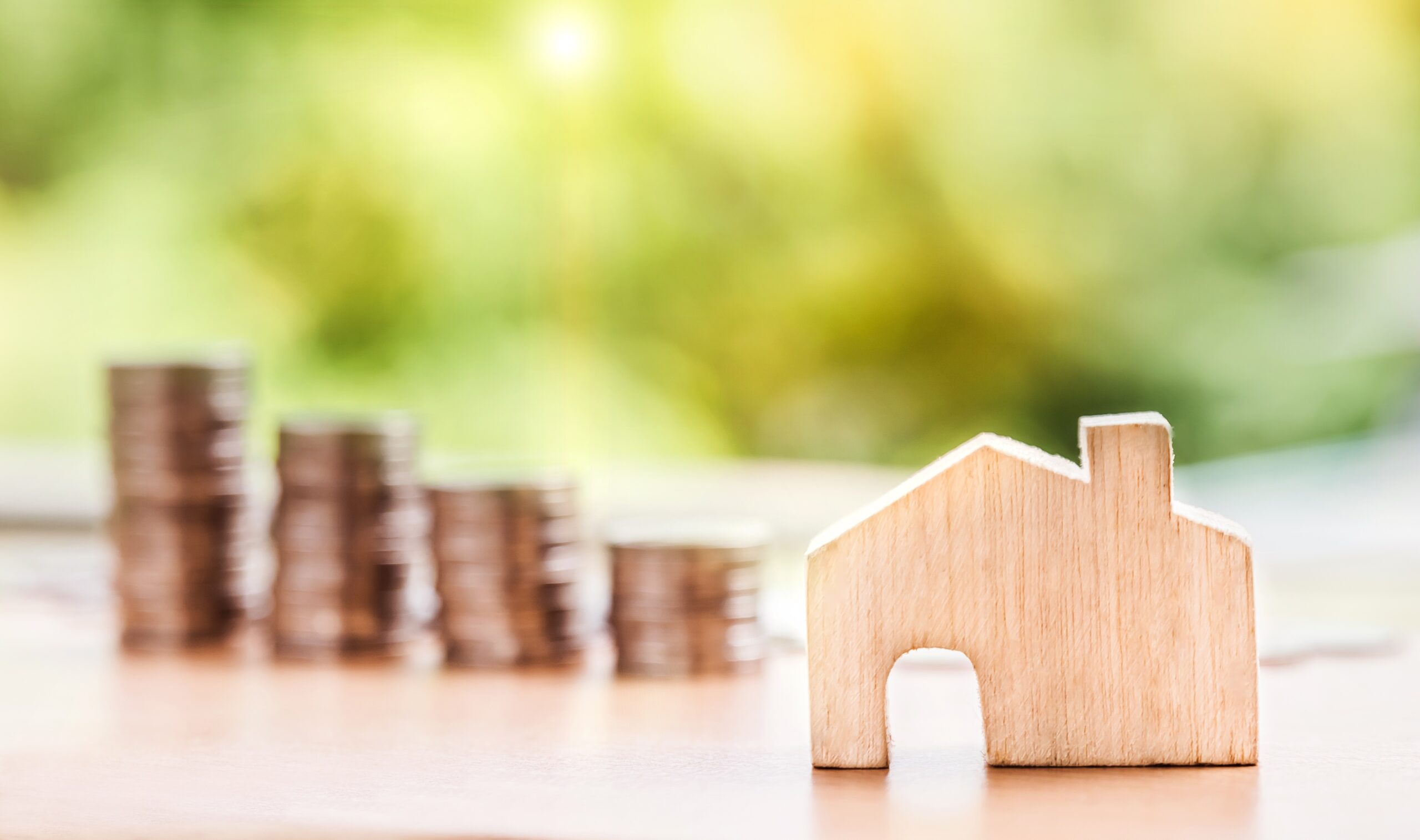
Investing in real estate is a fantastic way to build a reliable stream of passive income, and it’s also one of the best ways to grow your savings over time. As a beginner, investing in property can be risky; however, with a little research and a plan of action, you can begin to build a solid foundation for future investments.
Investing in real estate doesn’t have to be complicated. In this article, we’ll talk about how to get started investing in property. We’ll share the basics of the process, including how to find properties you’re interested in and how to determine a property’s value. Once you understand the basics, follow the steps outlined here to get started investing in property.
Determine Your Investment Strategy
Sit down and think about how you’d like to invest in property. This will help you determine your strategy and choose properties that are within your investment strategy.
Once you’ve determined your investment strategy, you can choose the specific properties you want to purchase.
There are several different real estate investment strategies, including property flipping, investment properties, and rental properties. Which one you choose largely depends on your income goals and the current real estate market.
Decide Where to Invest Your Money
The first step to investing in property is deciding where to put your money. Much like choosing your investment strategy, this will have a big impact on your investment. While there are many different places to put money, one of the best places to start your real estate investing journey is with an equity loan. With an equity loan, you borrow the equity in your home and use that equity as the collateral for a loan. This lets you have full control over the investment and eliminates the need to pay PMI on a mortgage. You can use equity loans to purchase one-to-four bedroom homes in any region of the country.
You can also use equity loans to purchase properties with no cash down and build a portfolio of properties over time.
Another option for funding your real estate investment is a mortgage. When you take out a mortgage, you’re taking out a long-term loan with a bank or other lender. Over the life of the loan, you pay back the loan through regular payments (typically at a higher interest rate than a savings account). Depending on your circumstances, you could also take out an option-ARM or balloon mortgage. These options let you pay off your mortgage early and/or increase the amount you’re required to pay over time.
Get a mortgage – how to fund your first investment
If you want to get a mortgage to fund your first investment, you’ll need to jump through a few hoops and get a mortgage with a lender. There are a few things you’ll need to provide the lender, like your income and assets, and a lender may also want to do a full appraisal of your home.
Keep in mind that this is not a loan you’re taking out to buy and flip a handful of properties. You need to be prepared for the long-term commitment of a mortgage. In addition, you should be prepared to put in the time and effort to find the right property and negotiate a deal.
Find the right property for your investment strategy
Once you know you want to invest in real estate, finding the right properties is crucial to your success. Luckily, this is an easy step to get right with the right research.
Start by looking at real estate listings in your area. You can use Zillow, Redfin, and other websites to find listings and make an offer on a property. Once you find a property you like, you can do more research to learn more about that property and the area.
If you have a few months to save, you can also use sites like Realtor.com to find more information about a property. Once you find a property you’re interested in, the next step is to conduct more in-depth research to learn more about the area and the market. This will help you determine a property’s value and how to purchase that property.
Make a maintenance plan for your investment
One of the best ways to boost the value of your investment is to make sure it’s in good condition. This means a number of things, like making sure the home is structurally sound and in good condition, repaying any outstanding mortgages, and keeping up with maintenance.
The best way to handle maintenance is to have a maintenance plan in place. A maintenance plan is a detailed action plan outlining exactly what needs to be done to maintain the property. This plan can be as basic or in-depth as you’d like depending on the condition of the property and your budget. With a maintenance plan in place, you’ll be able to create a detailed timeline outlining what needs to be done and when. This will help you keep track of your maintenance and boost the value of your investment.
Conclusion
Investing in real estate is a great way to build a reliable stream of passive income, and it’s also one of the best ways to grow your savings over time. As a beginner, investing in property can be risky; however, with a little research and a plan of action, you can begin to build a solid foundation for future investments.
There are many different real estate investment strategies, including property flipping, investment properties, and rental properties. Which one you choose largely depends on your income goals and the current real estate market. Once you know what type of real estate investment strategy you want to pursue, you can start looking for properties that are a good match for your investment strategy.
